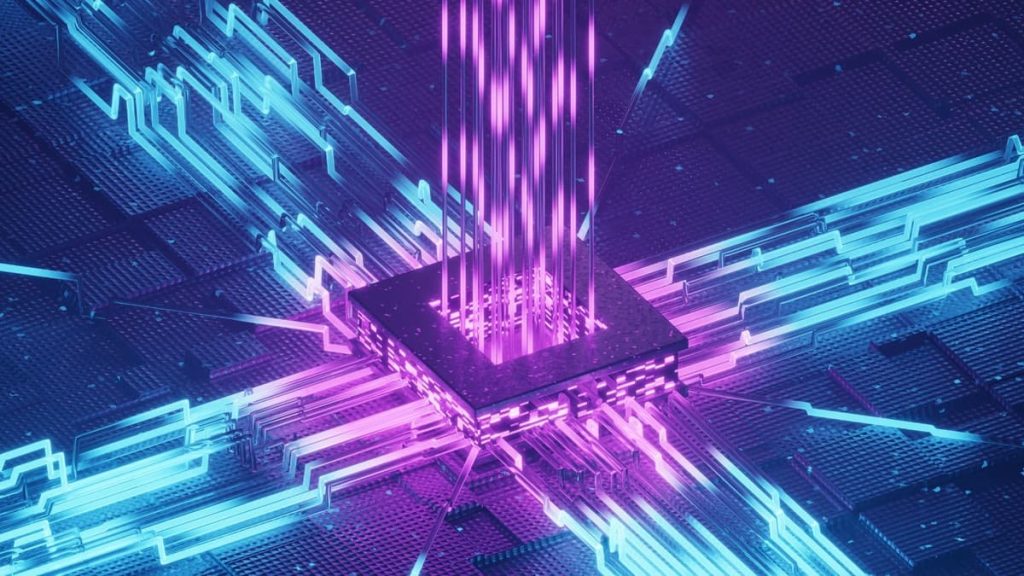Table of Contents
Technology keeps shrinking, but its power is growing. Imagine a chip so small it fits on your fingertip — yet it connects two different worlds: microwaves and light. Scientists have developed a technology that may revolutionize how we communicate and compute forever. It’s called a quantum translator — and it could play a big role in the future of quantum computers and super-fast internet.
What Is a Quantum Translator?

A quantum translator is a special chip that can convert signals from microwaves to light, and vice versa. These signals usually can’t talk to each other, like people speaking different languages. But with this chip, they can finally.
- Microwaves are used in phones, Wi-Fi, and even microwave ovens.
- Light (especially laser light) is used in fiber optic cables that move data across the internet at high speeds.
Until now, making these two “talk” was nearly impossible without a big, complicated machine. This new chip changes that.
Why Does This Matter?
This tiny chip is a big deal for several reasons:
- Quantum Communication: Quantum computers and sensors often use microwaves. But the internet uses light. This chip connects them, making it easier to send quantum data across long distances.
- Smaller Devices: Current microwave-to-light converters are large and expensive. A chip makes the technology cheaper, faster, and easier to use.
- Energy-Efficient: This chip uses less power, which means greener tech.
How Does the Chip Work?
Scientists made this chip out of silicon, the same material used in most electronics. It works by using special materials and tiny patterns that guide both microwave and optical signals.
It does three key things:
- Receives a microwave signal
- Converts it into an optical (light) signal
- Sends it out through a tiny fiber or circuit
The process also works in reverse, turning light into microwaves.
Real-Life Example: Quantum Internet
Imagine you’re using a quantum computer to solve a big problem, like designing a new medicine. You want to send your results to another quantum computer in another city. But quantum computers use microwaves, and the internet uses light.
Without a translator, this would be like trying to fax a text message — it just doesn’t work.
With a quantum translator chip:
- Your quantum computer sends microwave signals
- The chip changes them into light
- The light travels quickly and securely through fiber cables
- Another chip at the other end converts it back to microwaves
Just like that, your message is delivered.
The Future of Communication
This chip could lead to faster, safer, and more powerful ways to:
- Build a global quantum internet
- Improve secure communication
- Link quantum computers together
- Advanced space communication tools
Challenges Ahead
Of course, there’s more work to do:
- The chip needs to work at very low temperatures, near absolute zero
- It must be scaled up to handle more signals
- It must be made in large numbers to be useful everywhere
But the first step is done — and it’s promising.
Conclusion
The quantum translator chip may be tiny, but its impact could be huge. It bridges the gap between microwaves and light, opening the door to a new era of quantum communication. As scientists continue to improve it, we may soon see a world where quantum computers, satellites, and everyday devices are connected in ways we can’t even imagine today.
This is just the beginning — and it all starts with a chip the size of your fingernail.





































